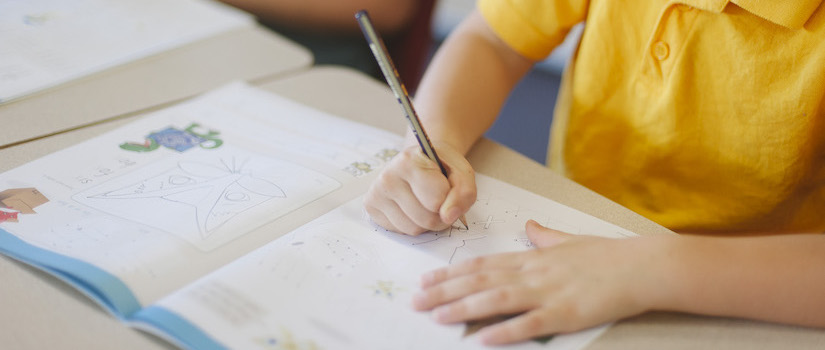Articles & Videos
The knock-on effect of handwriting practice
Categories
Subscribe to our newsletters
Receive teaching resources and tips, exclusive special offers, useful product information and more!
The knock-on effect of handwriting practice
Writing Time 14/6/19

Have you ever seen a student stumble with their handwriting as they try to create a mind map or write the next sentence in their narrative? When this happens, their thought process is stopped in its tracks.
Translating thoughts into writing is often a struggle for students, especially those whose handwriting skills are lacking.
So how does good handwriting impact on students’ text composition?
Handwriting proficiency is proven to reduce the cognitive load of writing tasks for students.
‘As handwriting skills become more automatic and less cognitively demanding, attention and resources for carrying out other writing processes, including those involving more reflection and careful composing, become available.’1
Essentially, when students are able to handwrite fluently, thoughts are able to flow freely, leading to better overall writing.
What’s more, handwriting (as opposed to typing) provides a distraction-free environment. Without a plethora of apps and the internet to sidetrack students from the task in front of them, they can pay greater attention to their spelling, grammar and punctuation.
So what does this mean for your handwriting instruction?
Studies have shown that regular and explicit instruction is essential for students to achieve handwriting proficiency.2 A carefully sequenced program, like Writing Time, enables you to effectively teach essential handwriting skills across the primary years, resulting in students who are able to write fluently and legibly.
In addition to explicit handwriting instruction, ensure your students have opportunities to practise general skills necessary for good handwriting, such as:
- perfecting the 3Ps – posture, paper position and pencil grip
- developing gross motor skills
- developing fine motor skills.
References
- Graham, S 2009–2010, ‘Want to improve children’s writing? Don’t neglect their handwriting’, American Educator, 20–40, viewed 14 June 2019, https://www.aft.org/sites/default/files/periodicals/graham.pdf ↩
- Askov, E, Otto, W, & Askov W 1970, ‘A decade of research in handwriting: Progress and prospect’, Journal of Educational Research, 64, 100–111; Graham, S & Miller, L 1980, ‘Handwriting research and practice: A unified approach’, Focus on Exceptional Children, 13, 1–16; Graham & Weintraub, ‘A review of handwriting research’; and Peck, M, Askov, EN, & Fairchild, SH 1980, ‘Another decade of research in handwriting: Progress and prospect in the 1970s’, Journal of Educational Research, 73, 282–298. ↩